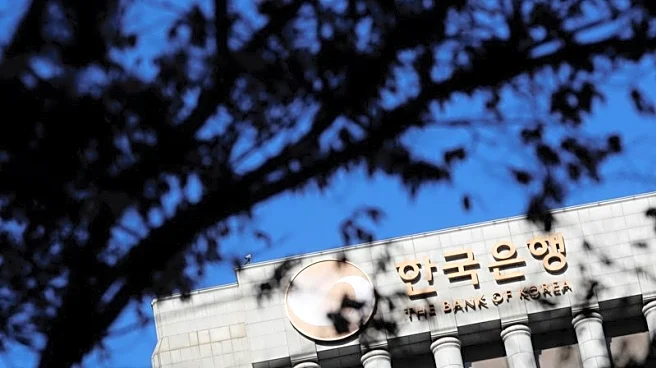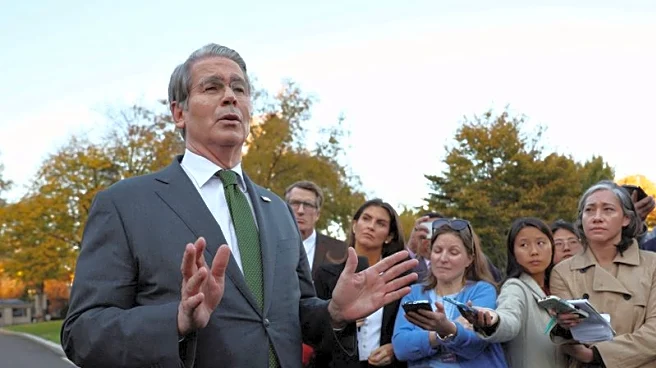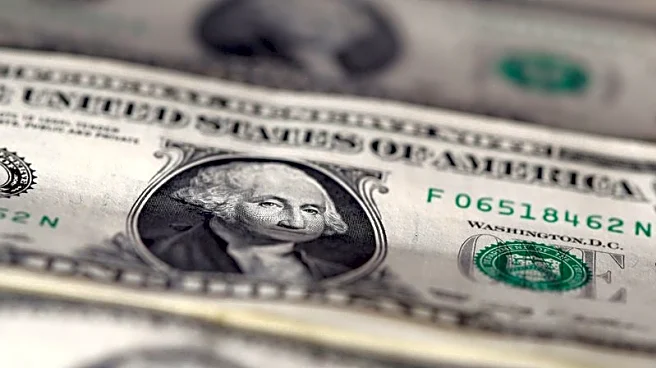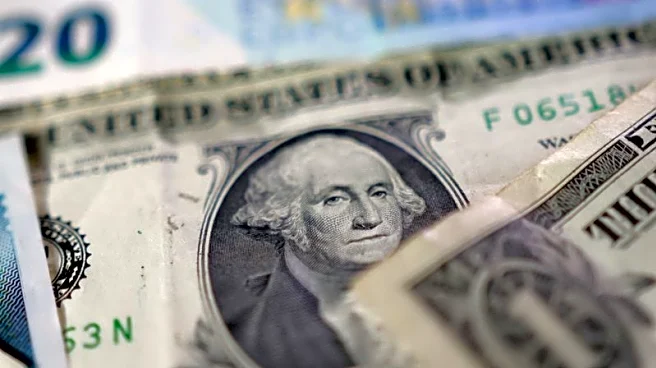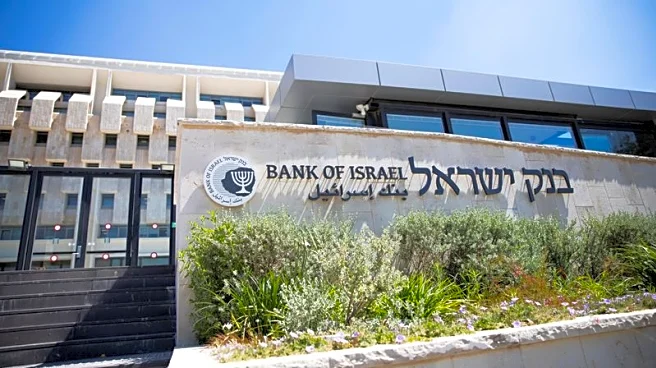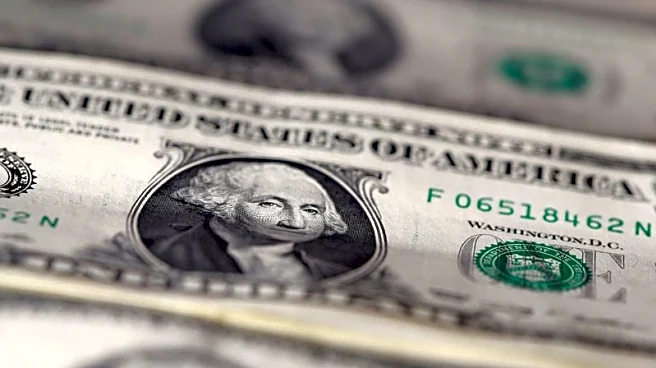By Lucy Craymer
AUCKLAND (Reuters) -New Zealand's central bank cut its benchmark official cash rate by 25 basis points to 2.25% on Wednesday, its lowest level since mid-2022, but policymakers signalled the likely end to the easing cycle as the economy showed signs of picking up.
The New Zealand dollar rose sharply as traders sharply trimmed expectations for any further rate cuts.
The decision matched a Reuters poll in which all but four of the 36 economists surveyed forecast the Reserve Bank of New
Zealand would cut the cash rate by a quarter point.
The central bank, which surprised markets by slashing rates by a bigger-than-expected 50 basis points in October, has delivered 325 basis points worth of easing since August 2024 to shore up an economy that has contracted in three of the last five quarters.
“Future moves in the OCR will depend on how the outlook for medium-term inflation and the economy evolve,” the RBNZ said in its accompanying monetary policy statement - the last of the year and the final meeting under governor Christian Hawkesby before Swedish economist Anna Breman takes over in December.
The central bank is now forecasting the cash rate will be at 2.20% in the first quarter of 2026 and 2.65% in the fourth quarter of 2027. This is lower than had been expected in August.
The statement said that while economic activity was weak over mid-2025, it is picking up and lower interest rates are encouraging household spending and the labour market is stablising will the risks to the inflation outlook are balanced.
The New Zealand dollar jumped 0.7% to $0.5661, the highest in over a week, as markets called an end to the easing cycle.
The minutes of the meeting said the committee had considered holding the cash rate unchanged at 2.50% or cutting by 25 basis points, with five of the six members voting to cut the cash rate.
A global front-runner in withdrawing pandemic-era stimulus, the RBNZ lifted rates 525 basis points between October 2021 and September 2023 to curb inflation in the most aggressive tightening since the official cash rate was introduced in 1999.
Some economists, though, and critics blame the central bank's rapid-fire tightening and a delay in embarking on rate cuts for the prolonged economic gloom. The South Pacific island's economy slipped into recession last year, and it contracted again sharply in the second quarter of this year, prompting the outsized October rate cut.
Growth remains weak despite the steady monetary stimulus, undermined by low confidence and a housing market in the doldrums following a sharp downturn in the wake of the earlier rate hikes. A slowdown in the global economy, rising unemployment and the government’s tight fiscal stance have all added to New Zealand's woes.
The central bank is expecting the economy to have grown 0.4% in the third quarter and expand 0.7% in the fourth quarter.
(Lucy Craymer in AucklandEditing by Shri Navaratnam)


